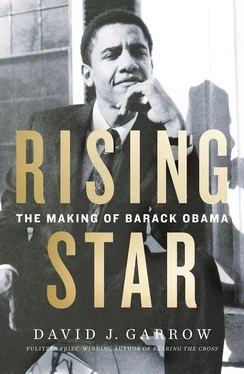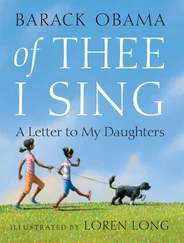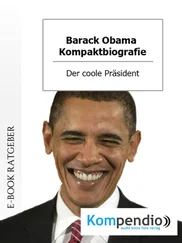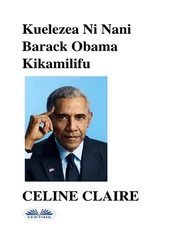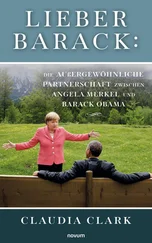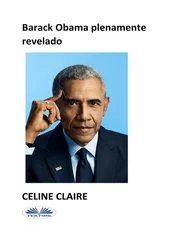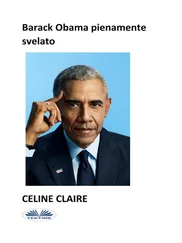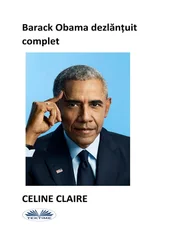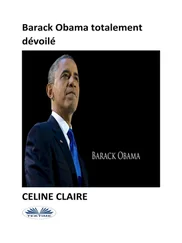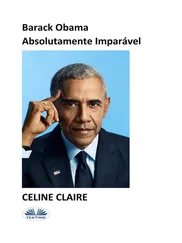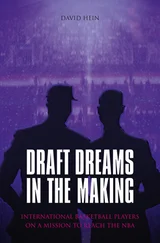On November 28, 1965, Ruth and Obama’s first child, Mark Okoth Obama, was born, but their home life remained fraught with drunken abuse. In 1966 there was increased tension in Kenya’s domestic politics, beginning when left-wing Luo vice president Oginga Odinga broke from KANU and formed a new opposition party, the Kenya People’s Union (KPU). That was seen as a “direct challenge to Kenyatta,” and days later KANU pushed through two constitutional amendments, one mandating new parliamentary elections and another enlarging the president’s national security powers to allow for detention without trial.
Kenyatta’s security services turned an increasingly hostile eye toward foreigners, and particularly Americans, who were in Odinga’s political orbit. The American-born wife of the first Kenyan to attain a Ph.D., Julius Gikonyo Kiano, was charged with disloyalty and expelled; some months later the focus was on a young white American woman from southern Illinois, Sandra Hansen, who had come to Nairobi as a Northwestern University undergraduate interested in African literature. While taking classes at what by then was University College Nairobi, she met a Luo student who invited her to a party at which “the center of attention,” as she recounted years later, was a somewhat older Luo man, Barack Obama. Sandy found him “funny, charming,” and “extremely charismatic,” and they “became fast friends and spent a lot of time together” during 1966 and 1967, by which time Hansen was teaching at a boys’ school. “His drinking started to be more of a problem,” she recollected, but he “loved music, dancing and dressing well.”
Obama was the first person Hansen turned to when Kenyan security officers told her she had seventy-two hours to leave the country or be arrested. Obama accompanied her to see some official in the security ministry, who displayed an extensive file they had collected on her. “I think, Sandy, you’ve got to go,” Obama told her. When her day of departure arrived, Obama drove her to the airport and walked her to the boarding area. Almost fifty years later, Hansen’s memories of what Mark Obama would later call “my father’s warm and gracious side” are a partial counterpoint to the alcoholic rages that Ruth and his African children endured. But that side was memorialized in an indelible way too, even if for half a century only the tiniest number of people knew the story. Upon leaving Nairobi, Hansen stopped in London, where she saw her Luo boyfriend, Godfrey Kassim Owango, like Obama an economist and later chairman of Kenya’s Chambers of Commerce. Back in Illinois, nine months later, Hansen gave birth to a son. She named him not for his father, but for the Kenyan man she most admired and remembered, Barack Obama. 25
Few other people’s experiences with Obama mirrored Sandy Hansen’s. In September 1966, Obama had found new employment, with the Central Bank of Kenya, but he was terminated nine months later. Then Ruth, fed up with his violence, fled with one-year-old Mark to the United States. Obama flew across the Atlantic and persuaded her to return to Kenya. “He was a man I had a very strong passion for,” Ruth told Sally Jacobs years later. “I loved him despite everything,” but Obama’s behavior hardly changed for the better. In September 1967, he secured a new job as a senior officer at the Kenya Tourist Development Corporation (KTDC), but within six weeks there were reports that he had drunkenly driven his vehicle into a milk cart one day at 4:00 A.M. By the new year, Ruth was pregnant with their second child; David Opiyo Obama was born on September 11, 1968, at Nairobi Hospital.
Sometime in late 1968 Neil Abercrombie and Andy “Pake” Zane, two of Obama’s best buddies from the University of Hawaii, came through Nairobi as part of a months-long tour through Europe, the Middle East, and East Africa. “He showed us around, we stayed at his house, partied, had a good time,” and met Ruth, Roy, Rita, and young Mark, Zane recalled more than forty years later, with dozens of photographs from that visit spread out before him. Abercrombie thought “he seemed very frustrated … that he was being underutilized” at KTDC. As Zane recalled to Sally Jacobs, “The one thing Barack wanted was to do something for his country, but he felt he could not” accomplish anything significant at KTDC. “He was angry, but it was contained.” Yet Abercrombie recalled that “he was drinking constantly. It was as though the drinking was now part of his existence.” But in retrospect, one other thing stood out in both friends’ memories: Obama never asked about his American son or his ex-wife Ann.
At about 1:00 P.M. on Saturday, July 5, 1969, Tom Mboya was shot and killed at close range outside Chhani’s Pharmacy on Nairobi’s Government Road. Just moments earlier, Barack Obama had seen Mboya’s car parked on a yellow line in the street and had stopped to talk and joke with his friend for four or five minutes. “You will get a ticket,” he had warned.
A gunman was arrested, though it was commonly believed that Mboya’s assassination was ordered by someone at or near the peak of Kenya’s government. On September 8, Obama was the prosecution’s final witness at the gunman’s trial, testifying about Mboya’s final sidewalk chat. The defendant was convicted and soon hanged, but that resolved nothing. Far more than one man had died on Government Road, for Kenya’s future as a nonviolent, multiethnic, multiparty democracy died with Tom Mboya.
In June 1970, Obama was fired by the KTDC because of serial dishonesty in matters large and small. Some months later, he had another drunken car crash, and this time he suffered at least one badly injured leg that required prolonged hospitalization. Still, by the early fall of 1971, he was planning a trip to the U.S., perhaps in part because he expected that Ruth would flee from him again, this time permanently.
Rita Auma Obama, who was eleven years old by the time of her father’s 1971 departure, recalled him speaking of her American brother and how Ann “would send his school reports to my father.” Her older brother Roy, later Abon’go Malik, would later remember seeing “an old briefcase” that contained “the divorce letters, and Ann Dunham’s letters.” Even Ruth told Sally Jacobs how “very proud” Obama was of his American son. “He had a little picture of him on his tricycle with a hat on his head. And he kept that picture in every house that we lived in. He loved his son.” 26
Barack Obama Sr. arrived back in Honolulu almost ten years after he had left there with glowing credentials to earn a Harvard Ph.D. and then help guide Kenya’s economic future. Now he had no doctoral degree, no job, and a visible limp. How he financed the trip remains a mystery. He planned to stay for a month, and the Dunhams had sublet an apartment downstairs from theirs where Obama could sleep.
Madelyn’s younger sister Arlene Payne, who also was in Hawaii at that time along with her lifelong companion, Margery Duffey, later told Janny Scott, “I had the sense then, as I had earlier, that both Madelyn and Stanley were impressed with him in some way. They were very respectful to him” and “they liked to listen to what he had to say.”
How Ann viewed Obama’s visit, and whether he did suggest to his married ex-spouse that he would welcome her and their son joining him in Kenya, is unknown. Obama still referred to her as Anna, and he brought along for his ten-year-old son a trio of Kenyan trinkets: “three wooden figurines—a lion, an elephant, and an ebony man in tribal dress beating a drum.” Ann, Stan, and Madelyn had prepared Barry for the visit with intensified renditions of the upbeat themes Ann had insistently sounded during Barry’s earlier years. “My father was this very imposing, almost mythic figure,” he recounted years later. “In my mind he was the smartest, most sophisticated person that my maternal grandparents had ever met.” Then, when they first met, his father entirely lived up to his advance billing, at least in the son’s subsequent retelling of it. “He was imposing and he was impressive, and he did change the space around him when he walked into a room,” Barry recalled. “His capacity to establish an image for himself of being in command was in full force, and it had an impressive effect on a ten-year-old boy.”
Читать дальше
